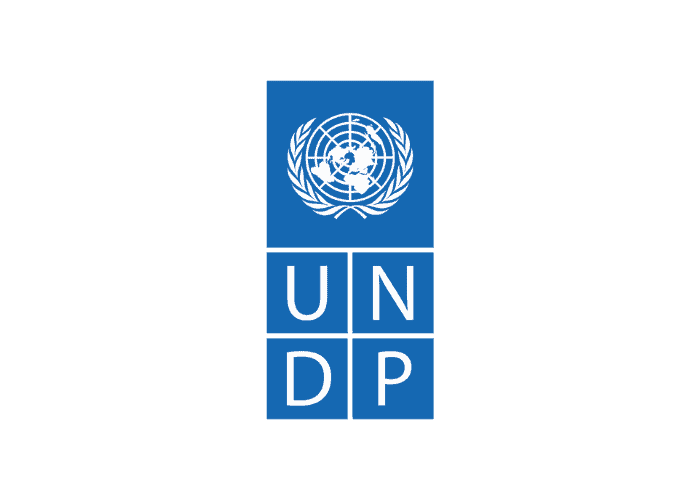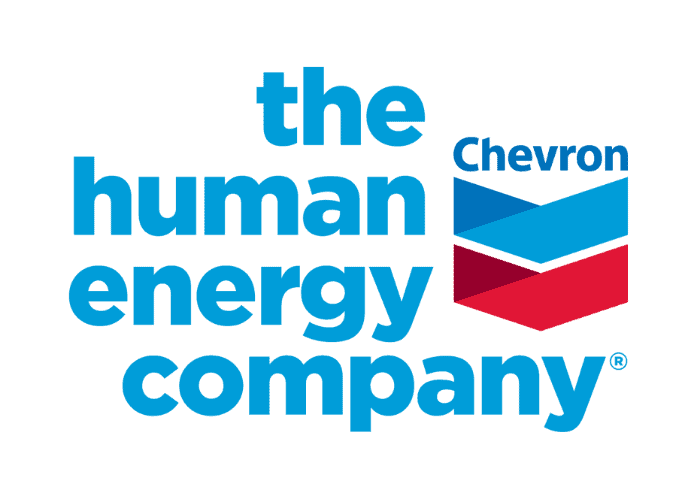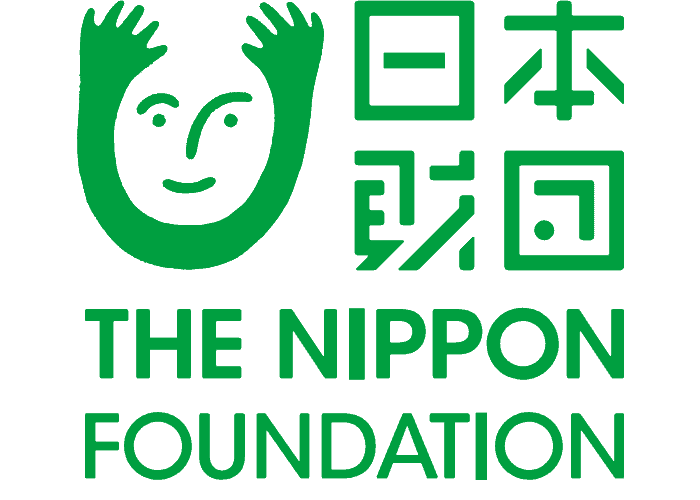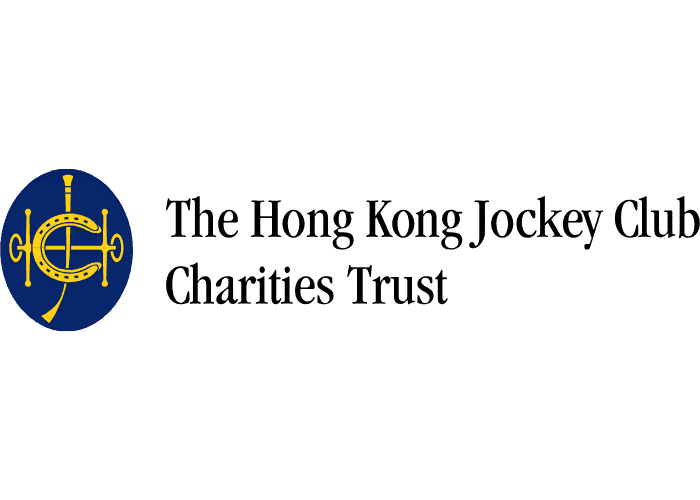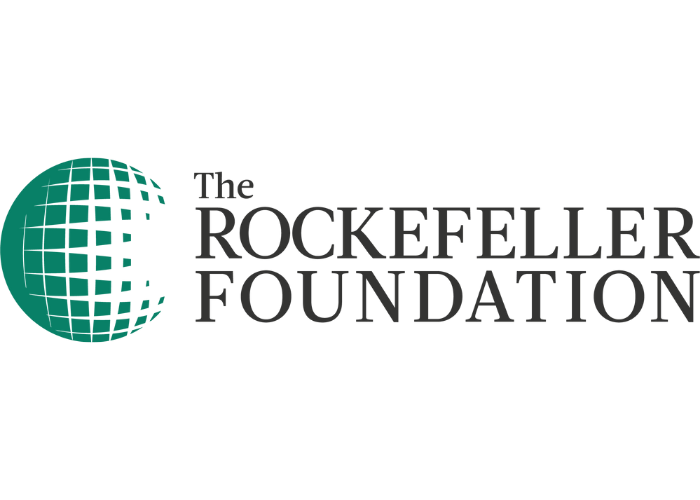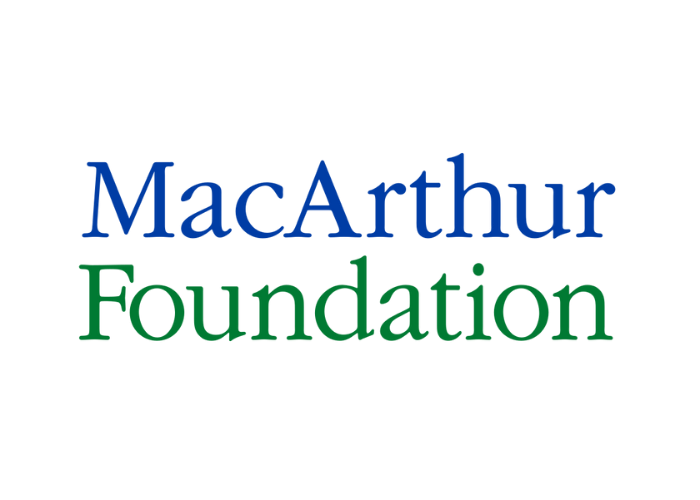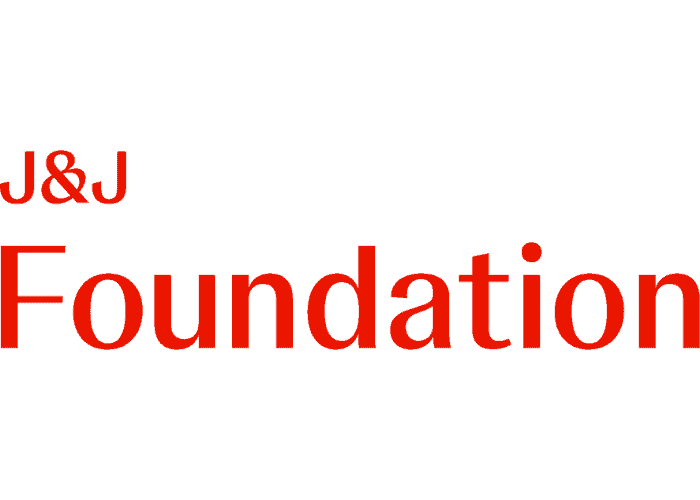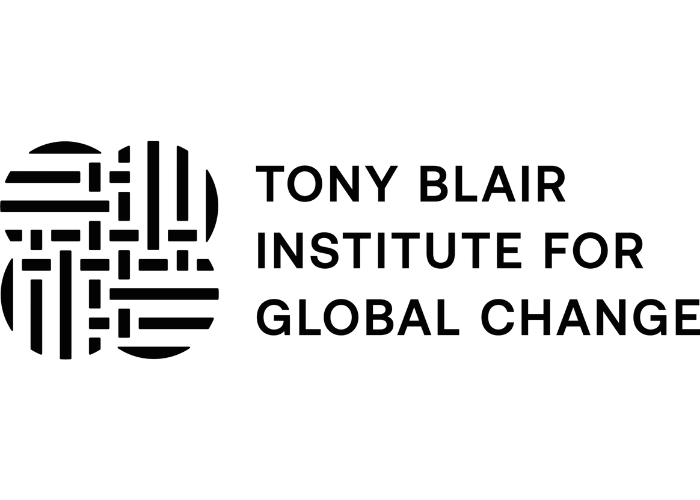Social Investment Landscape
Japan
Summary
Executive Summary
The island nation of Japan has the most developed economy in Asia. Following two decades of economic stagnation, exacerbated by the devastating Tohoku Earthquake in 2011, Abenomics was introduced in 2013 with the aim to revitalise the Japanese economy through monetary easing, structural reforms and fiscal stimulus. This has resulted in a significant wage increase and the lowest unemployment rates since the early 1990s, but consumption and investment have remained weak.
Japan’s ageing population and low national fertility rate continue to be its most pressing challenges. This has led to a shrinking labour force and domestic market as well as increased social spending. Meanwhile, income and gender inequality remain stark. Japan’s 26% gender pay gap is the third largest in the Organisation for Economic Co-operation and Development (OECD).
The Japanese social economy is one of the most innovative in Asia with a rich tradition of institutional philanthropy, a sizeable impact investing market, an active and creative corporate sector and a vibrant support ecosystem. Japan has emerged as a leader in environmental, social and governance (ESG) investing and an early pioneer in social impact bonds (SIBs) in Asia.
Japan’s Fact File
Japan’s 2018 Fact File
111 114 in 2016
World Giving Index Rank
Dashboard
SDG Dashboard
- Empowerment of all people (SDGs 1, 4, 5, 8, 10, 12),
- Achievement of good health and longevity (SDG 3),
- Creating growth markets, revitalisation of rural areas and promoting science, technology and innovation (SDGs 2, 8, 9, 11),
- Sustainable and resilient land use and high-quality infrastructure (SDGs 2, 6, 9, 11),
- Energy conservation, renewable energy, climate change counter-measures and building a recycling-based society (SDGs 7, 12, 13),
- Conservation of the environment, including biodiversity, forests and the oceans (SDGs 2, 3, 14, 15),
- A peaceful, safe and secure society (SDG 16), and
- Strengthening the means and frameworks for the implementation of the SDGs (SDG 17).
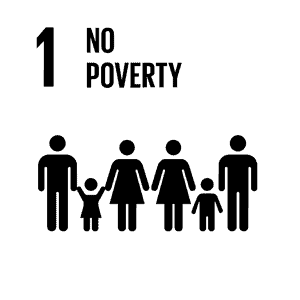
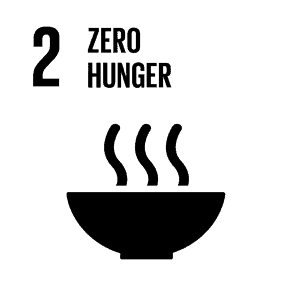


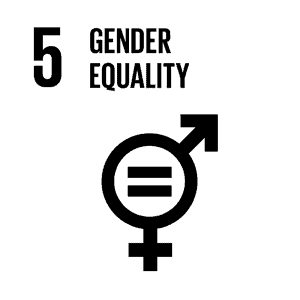
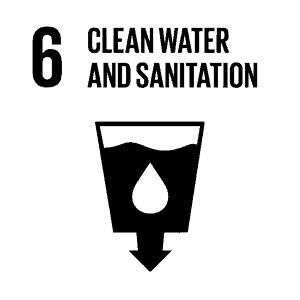

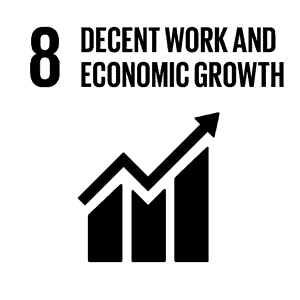
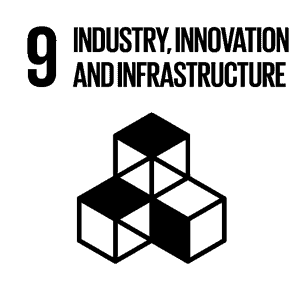

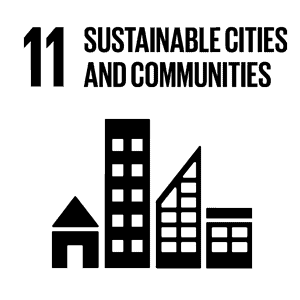
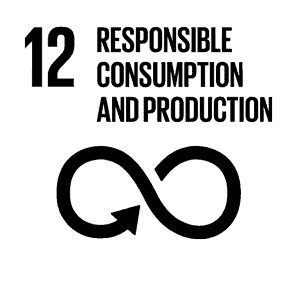

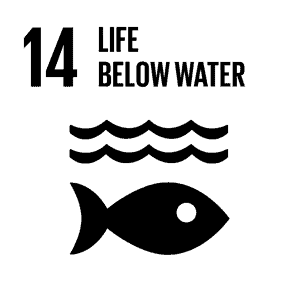
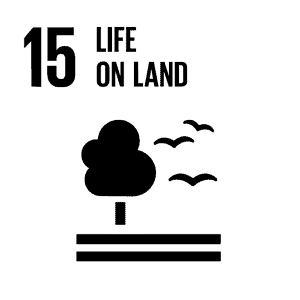


Source: sdgindex.org (2018)
Note: The “traffic light” colour scheme (green,yellow, orange, red) illustrates how far a market is from achieving a particular goal
Government Initiatives
Government Initiatives to Address Development Gaps
Climate action
SDG Goals



Gap
- Coal power plants accounted for 32% of Japan’s electricity production in 2016.
- The 2011 nuclear meltdown led the government to abandon its goal of reducing coal’s share in electricity production to 11% and aim for 26% instead by 2030.
Government Initiatives
- The government is aiming for “clean coal” technologies which emit less carbon dioxide to account for 50% of all coal-powered electricity by 2030.
- In 2018, the Cabinet approved the fifth Basic Energy Plan which lays out initiatives for the country to transition to a lower-carbon energy system by 2050.
- Japan aims to cut greenhouse gas emissions by 26% from 2013 levels by 2030.
Gender equality
SDG Goals

Gap
- Japan fell 3 places between 2016 and 2017 to 114 out of 144 countries in the Global Gender Gap Report.
- Japan has the third largest gender income gap in the OECD after Estonia and South Korea.
Government Initiatives
- As part of the updated Abenomics introduced in 2015, Japan aims to increase women’s involvement in the workforce by encouraging flexible employment, reducing overtime work and improving access to high-quality childcare.
Poverty alleviation
SDG Goals


Gap
- Income of the top 20% households is 6 times higher than that of the bottom 20%, placing Japan in the bottom third of OECD countries in terms of income inequality.
- The percentage of people with incomes lower than 50% of the median household disposable income for those aged 65 and above is 19%, compared to the OECD average of 13%.
- In 2017, 16% of Japanese children lived below the national poverty line.
Government Initiatives
- The national social welfare system is governed by 4 key laws, namely Public Assistance Law, Child Welfare Law, the Law on the Welfare of Single Mothers and Widows and the Law on the Welfare of the Elderly.
- The Public Assistance Law stipulates support for low-income households that covers basic living expenses, housing costs, education and skill training.
- Elderly people aged 65 and above are entitled to public health care services under the Long-term Care Insurance System.
SME development
SDG Goals


Gap
- Japanese SMEs’ productivity is only 45% that of large companies, which is lower than OECD average of 55%.
- While SMEs account for 70% of national employment (compared to the OECD average of 60%), they generate only slightly more than 50% of national value added.
Government Initiatives
- The Japanese government supports SMEs primarily through public financing and tax benefits, including credit guarantees, unsecured low-interest loans and tax credits for capital investment and research expenses.
Social protection
SDG Goals


Gap
- 27% of the population is 65 years old and above, and those aged 75 years and above have outnumbered those aged between 65 and 74. The rapidly ageing population has led to escalating medical and social security expenses for the government.
Government Initiatives
- The government’s efforts to improve fiscal sustainability of the health care system include: expanding the role of local governments in providing community-based health care services, increasing co-payment by users and improving operational efficiency of health care providers.
Social Economy
The social economy in Japan is one of the most mature in Asia driven by professionally managed foundations, increased interest from mainstream investors and innovative investment models
Factor
Presence, size, and maturity of SEs
Rating
◕
Description
- There are more than 51,000 NPOs and about 205,000 SEs in Japan.
- As of 2014, the SE sector was valued at USD 160 billion and employed nearly 6 million workers, indicating the maturity of the sector.
Factor
Rating
◕
Description
- Japanese SEs are active in various areas such as regional development and community building, environment, capacity building and empowerment, education, health care, child care and general social welfare.
Factor
Philanthropic contributions
Rating
◕
Description
- Japan has one of the most mature institutional philanthropy cultures in Asia with 77% of its foundations being professionally managed.
Factor
Rating
◕
Description
- The impact investing market doubled in size in 2017 compared to 2016. This can be attributed in part to increased interest from mainstream financial institutions and foundations.
Factor
Rating
⬤
Description
- Many corporations are early adopters of social investment such as Panasonic and NEC.
- There has been a growing interest among corporates to foster technologies for social good. Examples include Fujitsu, Rakuten and Mitsubishi.
Factor
Policy environment
Rating
◕
Description
- The establishment of the Japan National Advisory Board under the GSG, SIBs and the Dormant Account Utilisation Act are some of the key policies to unlock social investment.
- However, SEs are not legally recognised and formally supported.
Factor
Incubators, accelerators, and capacity-builders
Rating
◕
Description
- ETIC., KIBOW, Impact Hub Tokyo, Social Innovation Japan, Cross Fields and the Japan Institute for Social Innovation and Entrepreneurship (JSIE) are some of the notable social incubators, accelerators and capacity builders in Japan.
- Many corporations provide incubation and acceleration support to SEs such as Panasonic, NEC, Fujitsu, Rakuten and Mitsubishi.
Factor
Networks and platforms
Rating
◕
Description
- AVPN, Green Finance Network Japan, JSIF and SIMI are some of the prominent multi-sectoral networks and platforms in Japan.
Factor
Knowledge and research
Rating
◕
Description
- The Japan Foundation Centre, the Japan NPO Centre, Cabinet Office, the GSG Japan National Advisory Board, JSIF, JFRA, Nippon Foundation, Sasakawa Peace Foundation, UBS and INSEAD and Keio University have published research on the Japanese social economy. However, English publications are sparse compared to the level of activity.
- Keio University, Meiji University and Kobe University offer social innovation courses. Tama University set up a social investment think-tank in 2018.
Factor
Partnerships
Rating
⬤
Description
- Multi-sectoral partnerships have proliferated with examples such as NEC and ETIC.; Seibu Shinkin Bank, Nippon Foundation and ETIC.; Rakuten and SVP Tokyo; the Green Finance Network Japan; and JSIF and the 2 SIBs in Hachioji and Kobe city.




